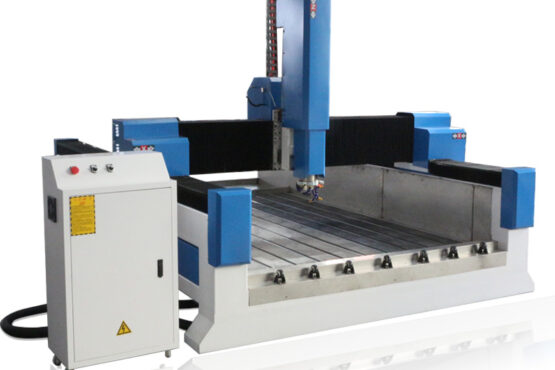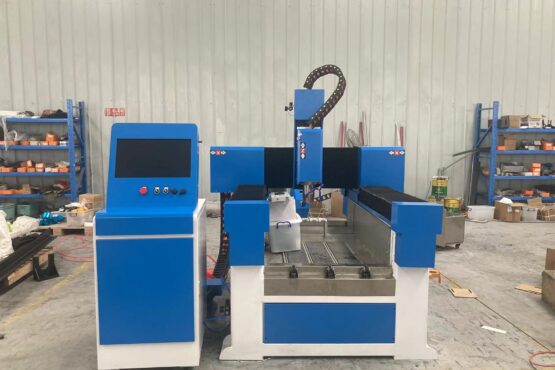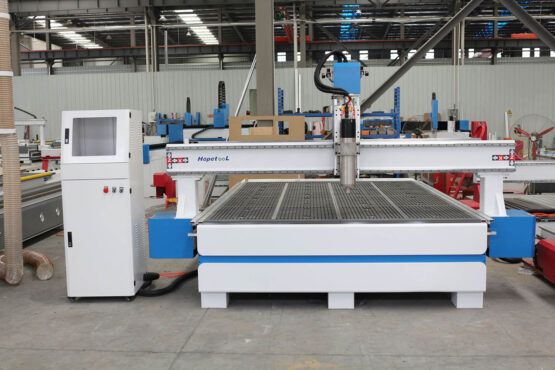Acrylic is the most commonly used carving material only for wood. It is easy to cut and carve. It has a variety of shapes and sizes, and its cost is relatively low. There are two production processes of plexiglass: casting and calendering. The laser engraving machine mainly uses the casting method to produce the plexiglass, because the frosting effect produced by the laser engraving machine is very white, which is in sharp contrast with the original transparent texture. The mechanical glass produced by the calendering method is still transparent after the laser engraving machine has carved, without a sufficient contrast effect. When purchasing plexiglass, you should emphasize to the dealer that it should be of high purity, otherwise the purchased materials may melt when carving or cutting.
Engraving:
Generally, the plexiglass is carved on the back, that is, from the front to the back, which makes the finished product more three-dimensional. When back carving, please mirror the figure first, and the carving speed should be fast and the power should be low. If the power is too high during carving, uneven stripes will appear on the bottom. If you want to carve deeper, you can try to carve more. In the case of back carving, the local coloring should be carved deeper first, and then polished with a flame polishing machine before filling. If not polished, the color seen from the front will not be uniform.
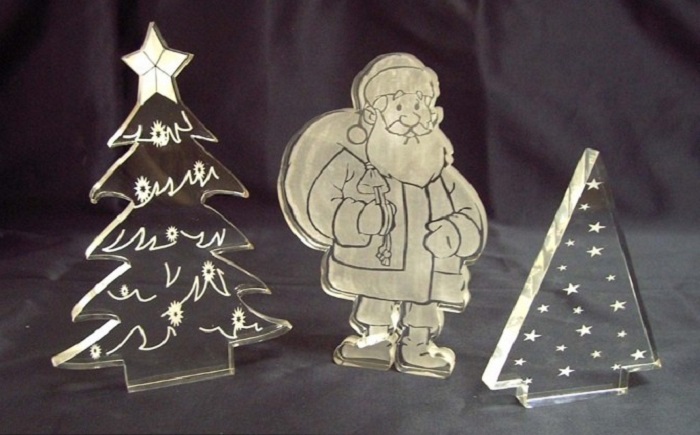
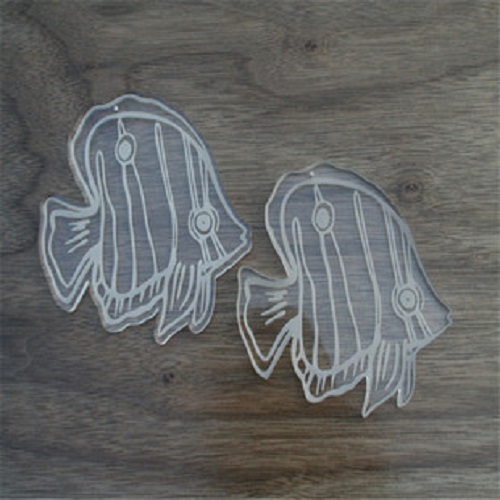
Cutting:
Organic glass is relatively easy to cut. If the customer’s requirements are not high, it can be delivered after cutting without flame polishing. Otherwise, air blowing device shall be used during cutting to improve the cutting quality. When cutting plexiglass exceeding 8mm, replace the large-sized lens.
The operator shall not leave when using the laser engraving machine to cut the plexiglass, because there may be flame during cutting.
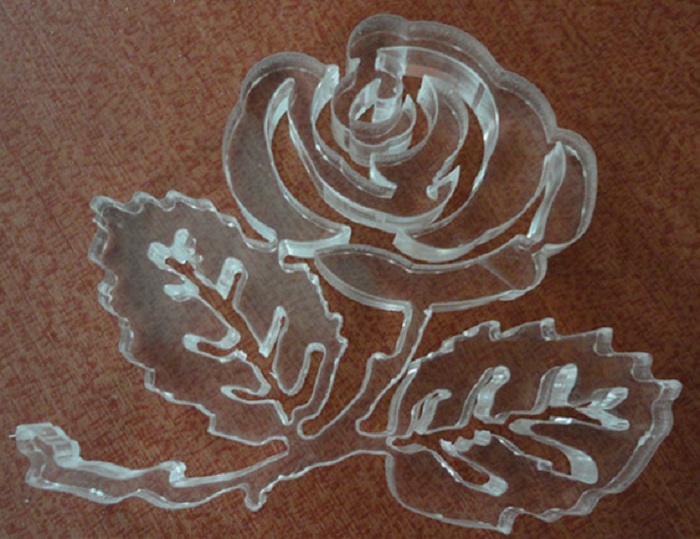
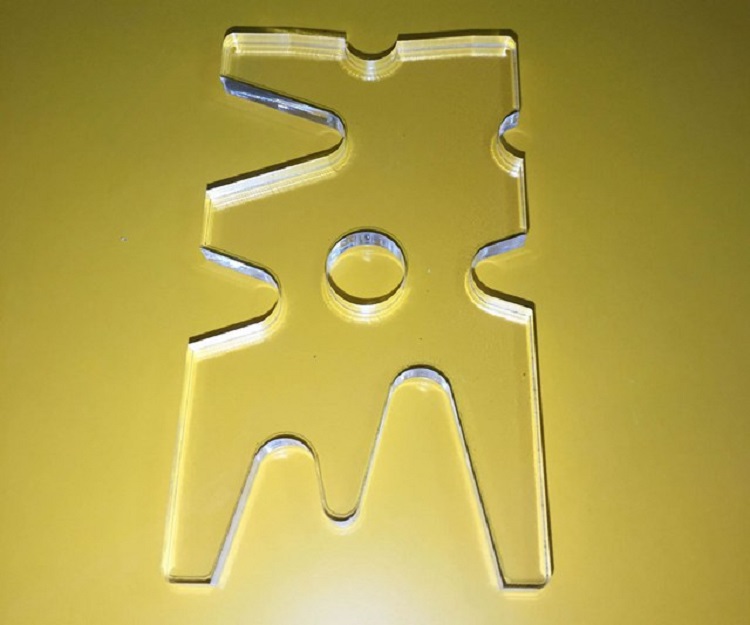
Cleaning:
Clean the surface with a damp cloth after carving
Color filling:
Propylene pigment can be used, and other pigments may damage the finish of acrylic glass.
